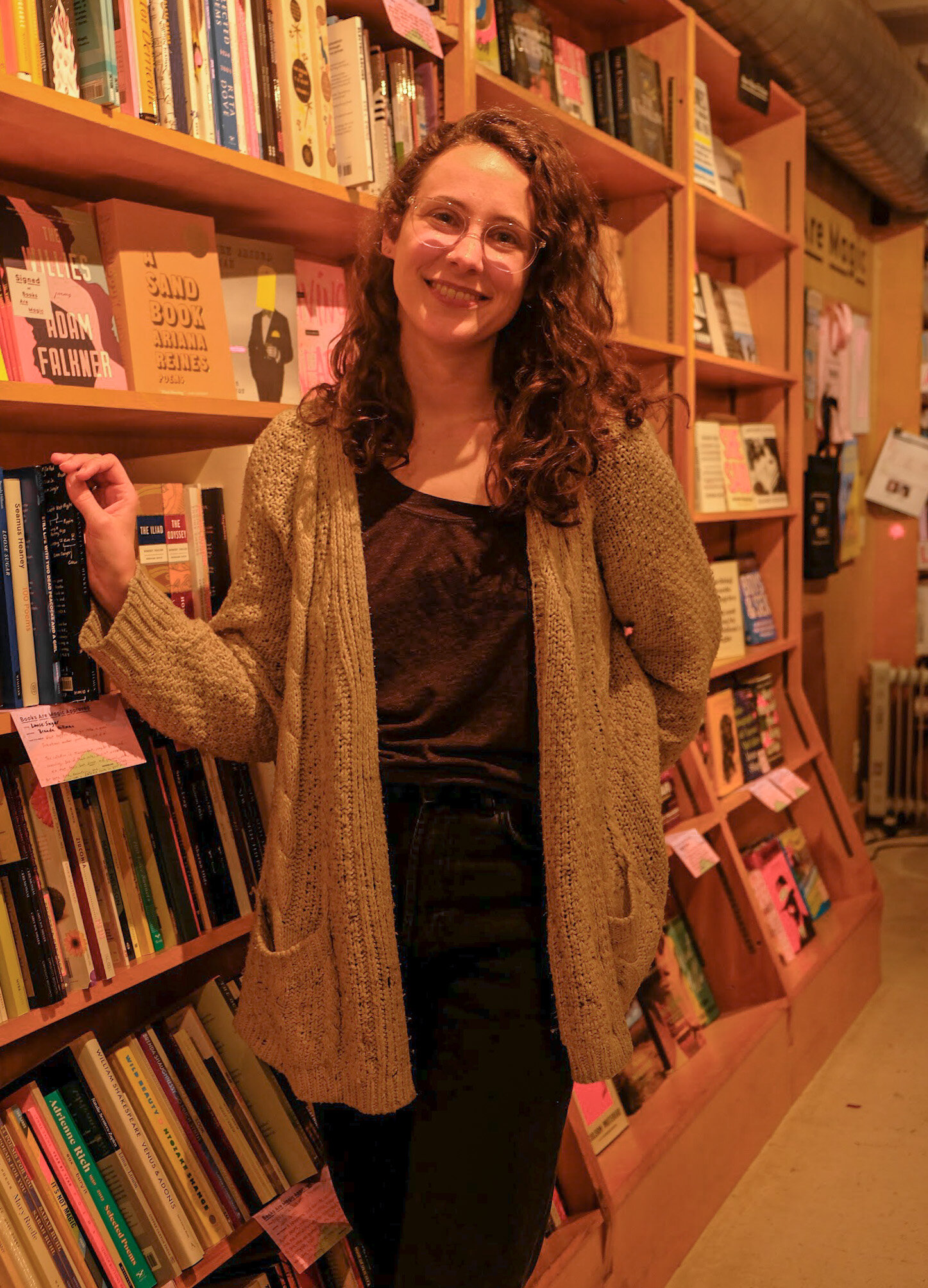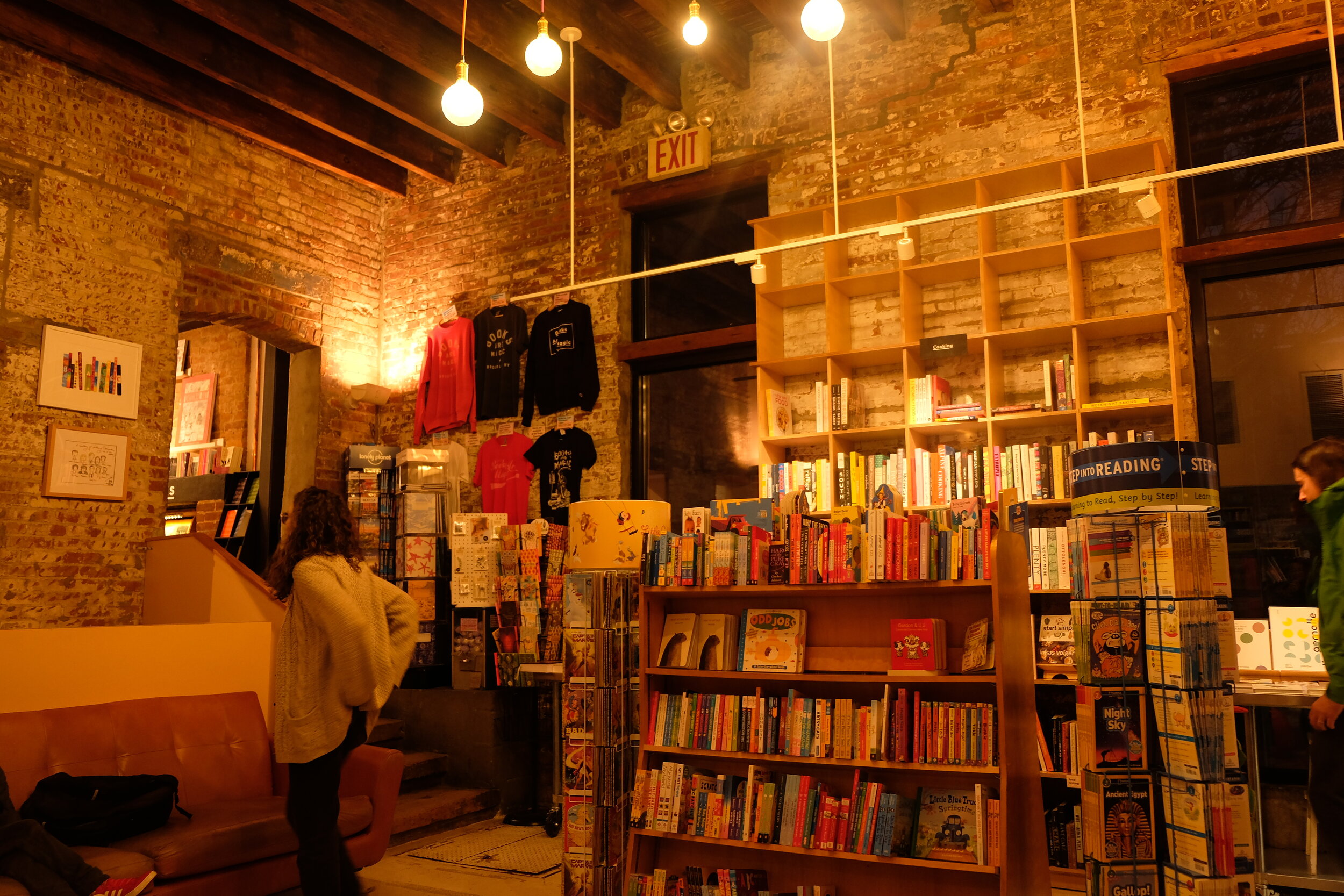#SayHerName: Black Women in the Fight for Black Lives
By Maya Alexander
"Breonna Taylor, George Floyd Memorial, Minneapolis 8/5/20" by Sharon Mollerus is licensed under CC BY 2.0
On May 25th, the death of an unarmed Black man, George Floyd, at the hands of a white Minneapolis police officer was captured on camera. The officer, Derek Chauvin, kneeled on Floyd’s neck for eight minutes and 48 seconds, ignoring Floyd’s repeated remarks that he couldn’t breathe. Three officers: J. Alexander Kueng, Thomas K. Lane, and Tou Thao, did nothing to correct Chavin’s actions. Thao mocked Floyd’s struggles and the bystander’s pleas for Chavin to release him, saying "This is why you don't do drugs, kids." After five minutes, Floyd was unconscious, Chavin still refusing to remove his knee. George Floyd was pronounced dead at 9:25 PM, just under an hour after the ambulance arrived at the scene. George Floyd’s death was just one of the several incidents this year that had a Black life ended much too early by the hands of the police.
The #BlackLivesMatter movement began in 2013 following the murder of a Black teenager, Trayvon Martin. The movement was a response to the acquittal of his killer, George Zimmerman, and the disregard for Black lives in the United States, especially within the justice system. Since then, the unjust killings of Black people largely due to the actions of the police have become more and more visible, in part because of the rise of video recordings from smartphones and the accessibility of social media platforms.
High profile cases like the deaths of Michael Brown, Eric Garner, Philando Castile, and Alton Sterling have proven that the fight for Black lives socially and systematically is far from being over. 2020 has seen a string of gratuitous killings and harassment of black people, from Ahmaud Arbery’s death while jogging to the harrying of Black bird-watcher Christian Cooper by a white woman in Central Park.
While the discourse surrounding #BlackLivesMatter and police brutality has been necessary for the current climate, there has been a notable lack of attention paid towards Black women in these discussions. The trend of leaving Black women out of the dialogue for racial justice is not new but needs to end if there is truly going to be a drive to acknowledge Black struggles within this country due to systemic racism and the broken justice system.
Historically, Black women have played a central role in the movements for racial equality despite the history books’ tendency to focus on Black male leaders, specifically Martin Luther King Jr. and Malcolm X, the two most palatable Black leaders that don’t make white people too uncomfortable to study. Yet, the range of Black female leaders is vast. From Fannie Lou Hamer to bell hooks to Angela Davis, Black women have been consistently advocating, writing, and teaching about the struggles of Black people in America, but they are rarely elevated to the same status as their male counterparts.
This phenomenon of mistreating and overlooking Black women in the fight for racial justice is nothing new. The Black Panther Party (BPP) was notorious for its duplicitous displays of progressivism and traditionalism while women were relegated to behind-the-scenes roles within the organization. Despite this, at the time the BPP was the most dynamic Black nationalist organization at the time. Social activist Assata Shakur noted this experience saying, “There was a whole saturation of the whole climate with this quest for manhood.” Why do we center masculinity in an organization that, at its peak, was 60% female? Putting manhood at the forefront of these movements has consistently isolated Black women from being fully recognized as equal.
The development of the theory of intersectionality by Black feminist Kimberlé Williams Crenshaw has provided a deeper level of understanding of this issue. Intersectionality at its most basic is a framework used to understand how an individual or group's experience is affected by their overlapping identities and how they interact and intersect with each other. For Black women, this is the dual identity of being a Black person and being a woman. Both inform the unique experiences of Black women.
The need for intersectional thinking within the conversation of police brutality against Black people has led to the creation of movements like #SayHerName, a response to the lack of attention Black women have received in movements such as #BlackLivesMatter. The recent death of Breonna Taylor has proven the need for organizations solely dedicated to the police brutality, abuse, and overall plights of Black women. Taylor, just 26, was shot eight times by plainclothes officers while sleeping in her own home in Louisville, Kentucky. The reaction to her death did not directly lead to nationwide protests; Instead, her death has been made into an internet meme. Thousands of people, including celebrities, have turned a plea for justice ("Arrest the cops that killed Breonna Taylor") into a punchline. The same joking atmosphere was not created after the deaths of George Floyd, Ahmaud Arbery, Sean Reed, Philando Castile, Eric Garner, Tamir Rice, and the other countless Black men who have had their lives horrifically and unfairly taken from them.
Black women are neither jokes or memes. Black women are not emotional cudgel to take advantage of nor political fodder to be used to serve an agenda, so stop treating them as such. In 1962, Malcolm X proclaimed, “The most disrespected person in America is the black woman. The most unprotected person in America is the black woman. The most neglected person in America is the black woman.” Nearly 60 years on, his words still resonate.








































